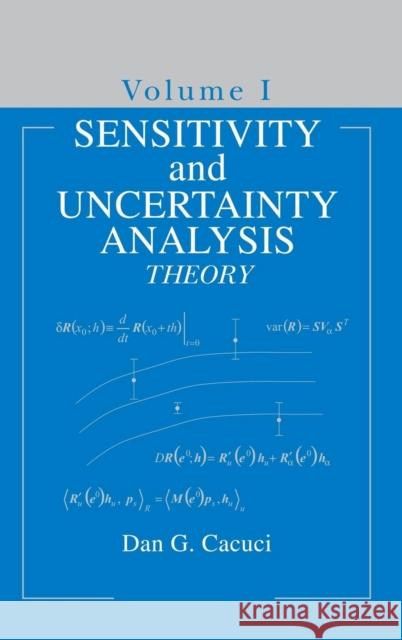Sensitivity & Uncertainty Analysis, Volume 1: Theory » książka
Sensitivity & Uncertainty Analysis, Volume 1: Theory
ISBN-13: 9781584881155 / Angielski / Twarda / 2003 / 304 str.
Presents a rigorous yet accessible treatment of the ASAP and FSAP methods of sensitivity analysis, including discussion of their relative advantages and disadvantages Includes three introductory chapters that review the relevant mathematical concepts of matrix and operator theory, probability and statistics, and the theory and practice of measurements and errors Explores local sensitivity and uncertainty analysis for both linear and nonlinear systems Describes a computational algorithm for global sensitivity analysis and illustrates its use with an application to the dynamic behavior of a boiling water nuclear reactor As computer-assisted modeling and analysis of physical processes have continued to grow and diversify, sensitivity and uncertainty analyses have become indispensable investigative scientific tools in their own right. While most techniques used for these analyses are well documented, there has yet to appear a systematic treatment of the method based on adjoint operators, which is applicable to a much wider variety of problems than methods traditionally used in control theory. This book fills that gap, focusing on the mathematical underpinnings of the Adjoint Sensitivity Analysis Procedure (ASAP) and the use of deterministically obtained sensitivities for subsequent uncertainty analysis.











